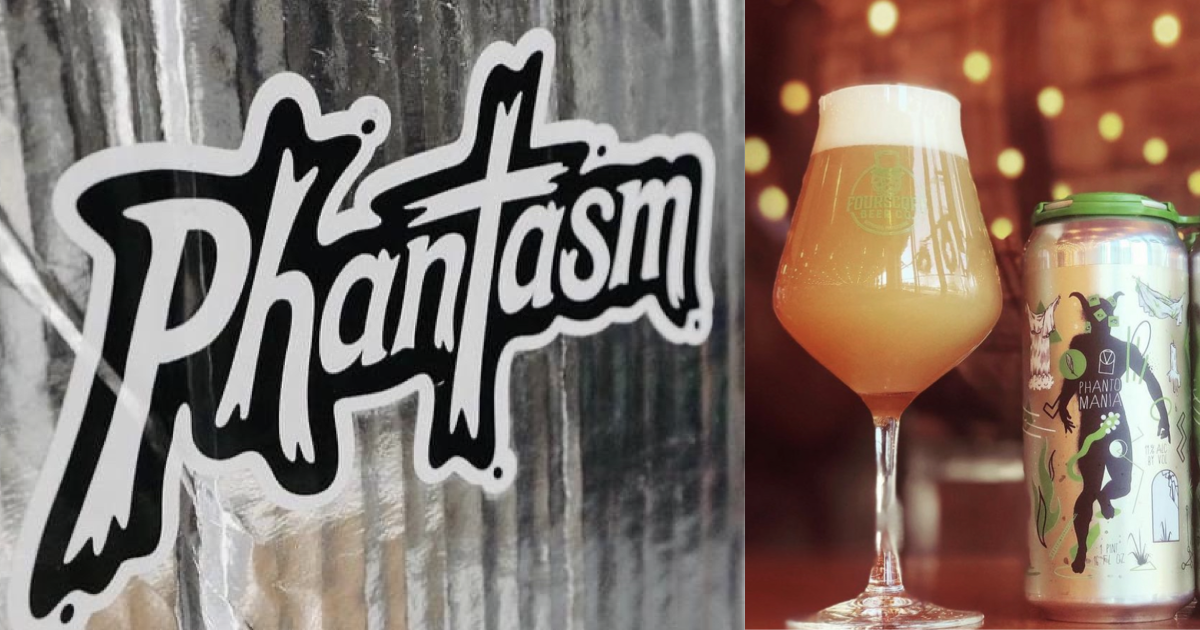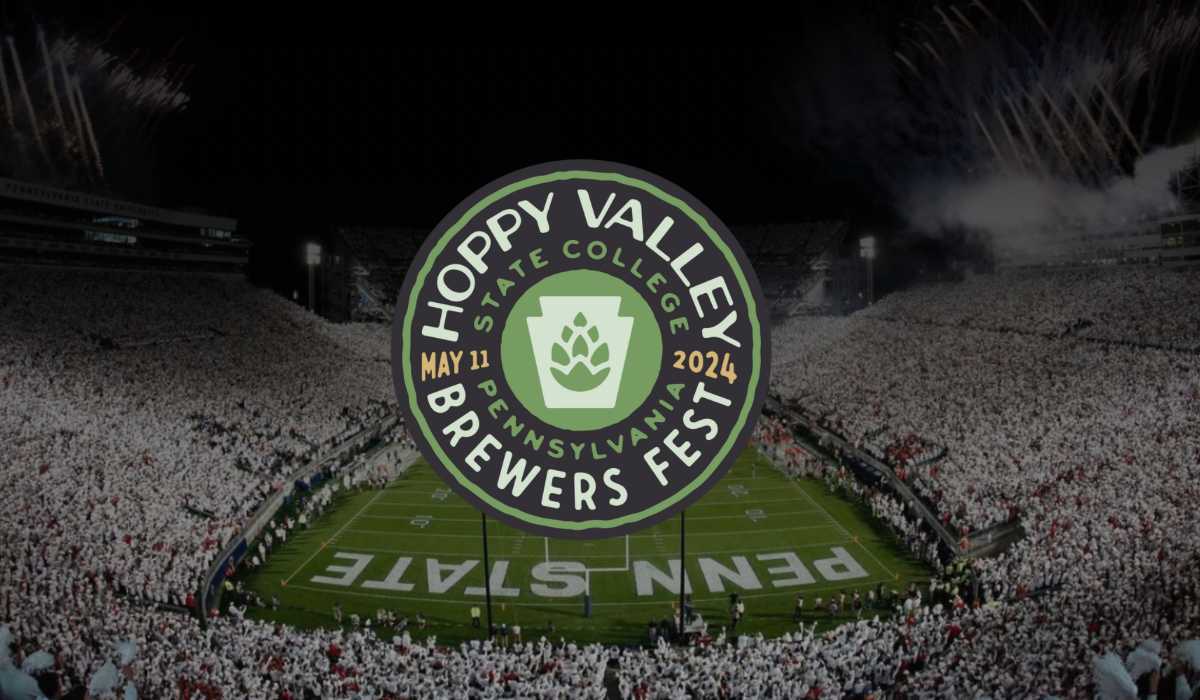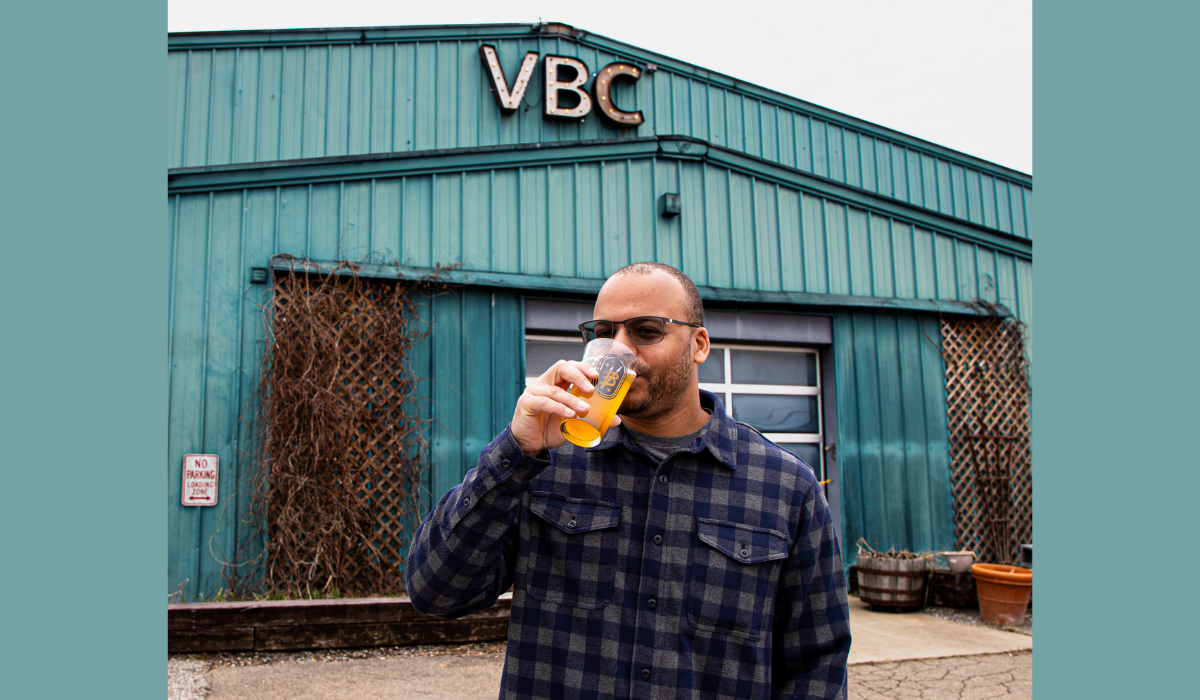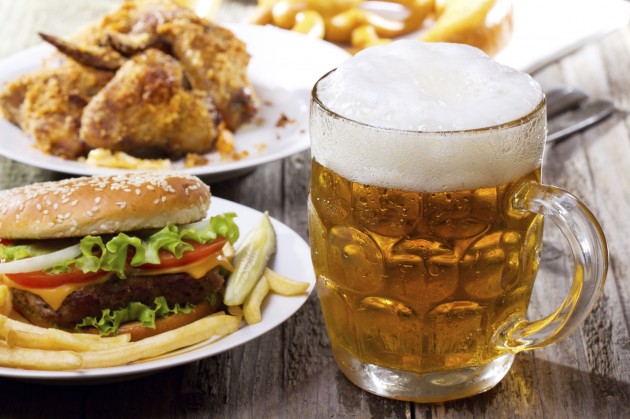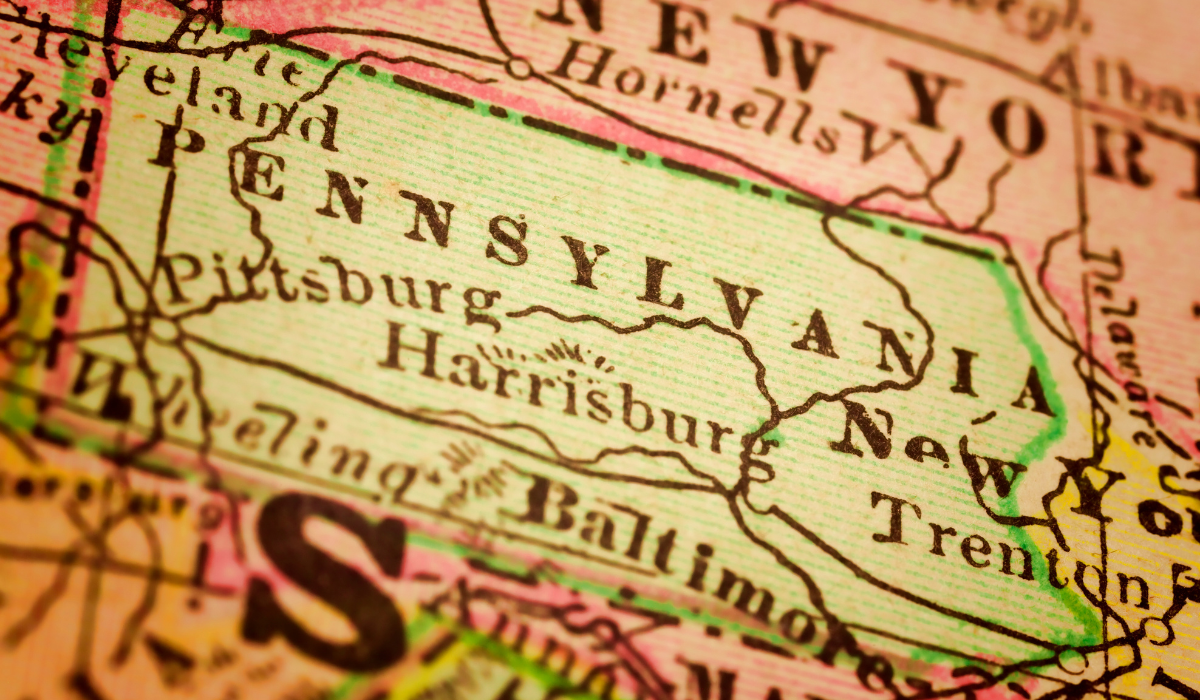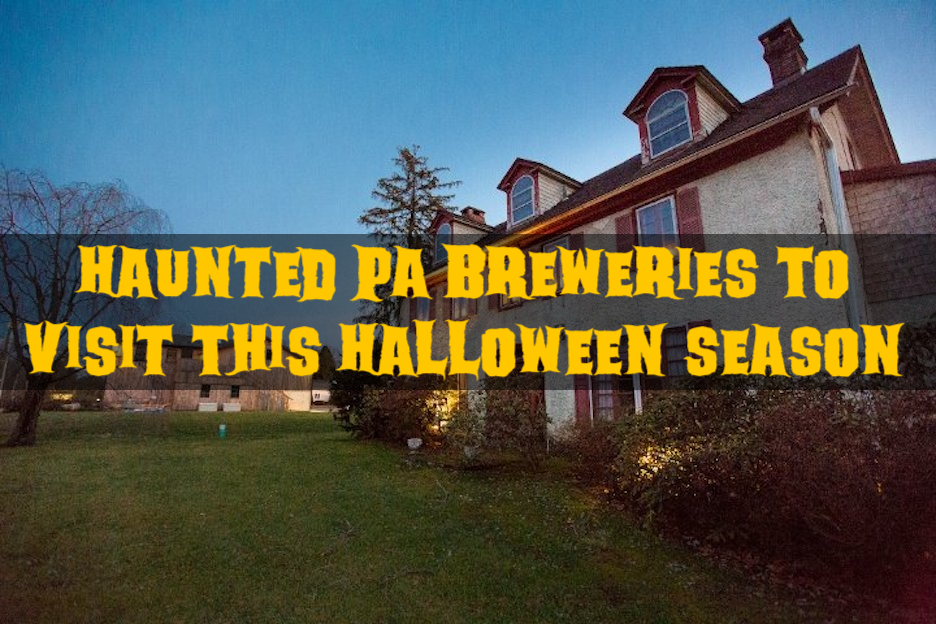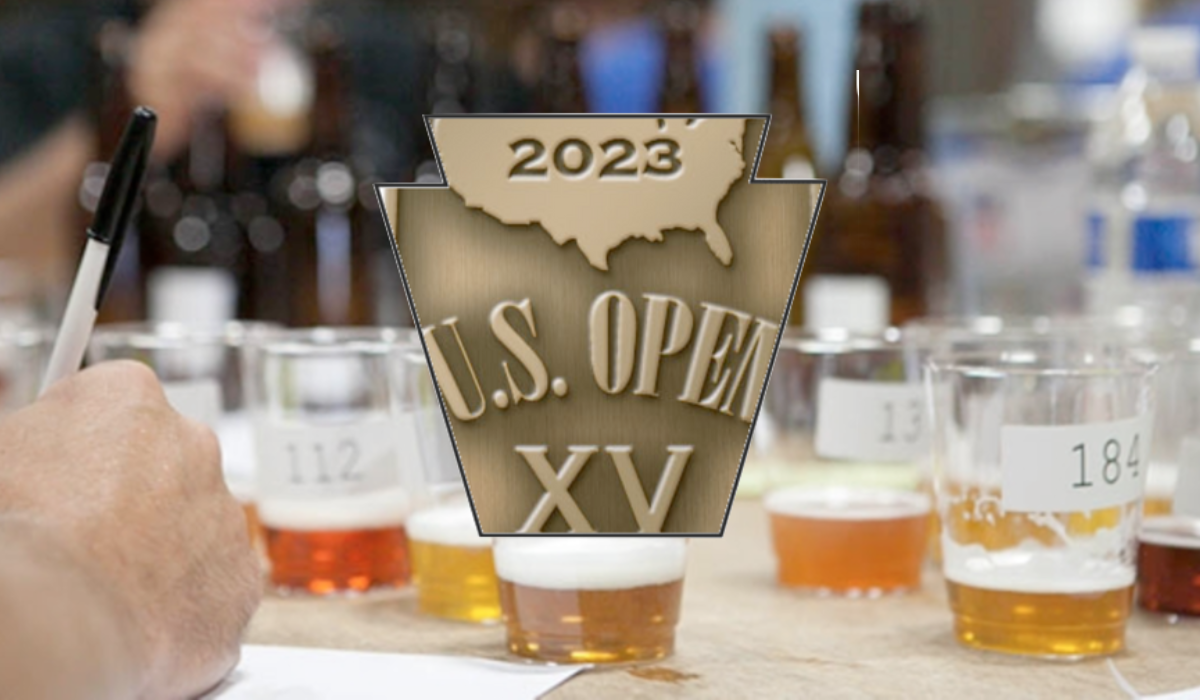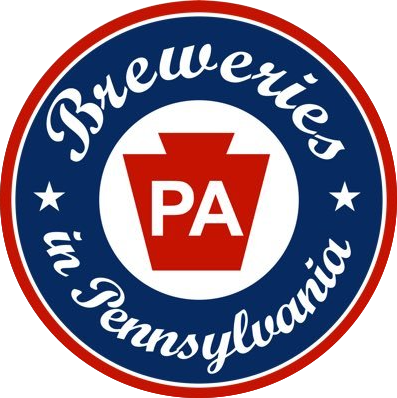Craft breweries love to experiment with different products. Whether it’s a new variety of hop, a new technique, or a new ingredient altogether to add to the mix, they’re constantly pushing the envelope.
When we noticed a few beers made in PA with Phantasm Powder, we decided to dig into this new product. Researching ourselves and talking with some breweries, we found that the powder is available for purchase on the secondary market through hop and yeast distributors. It’s not widely available yet, or even directly from the manufacturer, but some breweries have been able to get their hands on it.
Phantasm was created in New Zealand and is a product that has been in development for a couple of years now. The product is in powder form and is derived from New Zealand Marlborough Sauv Blanc grapes. These grapes are known for their thiol precursors which are known for creating rich tropical notes when added to fermentation.
We talked with Ben Little (head brewer at Fourscore Beer) who has used Phantasm over the last few months, to better understand more about the product. Below are his thoughts!
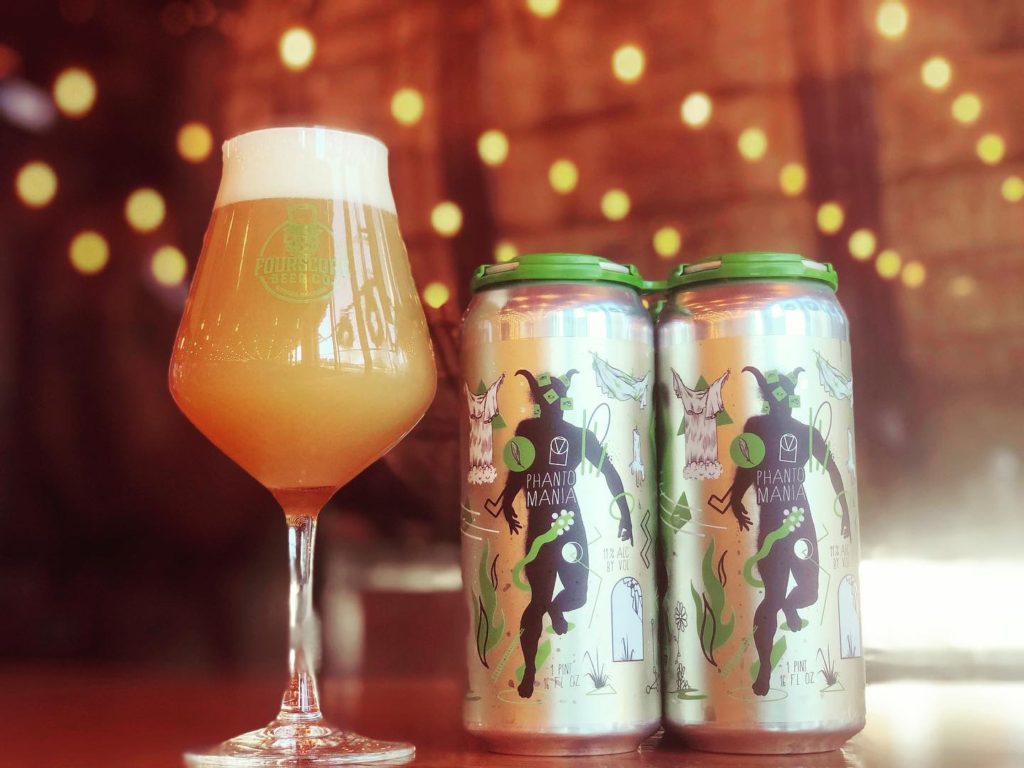
How many beers have you made so far with Phantasm powder? What inspired you to start using this new product?
Ben Little: We’ve made two so far (Phantomania and Octantis) and have plans on ordering more soon. I initially heard of it for the first time when I got a hold of one of the small-batch beers from Other Half brewed at the Domino Park location. Of course, the beer blew me away and I had to figure out what this new product was, how to use it, and then the tough part was getting some in my hands. I had brewed beers before with grape must, and have always been intrigued by the interaction between grapes and hops. This was completely next level and I had to figure out how to make it work.
What did you learn about Phantasm by using it? Can you explain what it did to the beers?
Ben Little: There’s a ton of research that had to be done, and I feel like I still have a way to go. This isn’t a “plug and play” type ingredient. There are multiple interactions needed within the process to really get the most of Phantasm. And trust me, you want to, as it isn’t a cheap or readily available product. First, we are lucky enough to have Omega Yeast Labs as our primary yeast source. They have a proprietary yeast called Cosmic Punch, which is a specific offshoot of our favorite British Ale yeast from them. Not to go too deep, but this yeast has the capability of unlocking certain aspects of hops, and in this case, Phantasm.
We use a combination of techniques in the mash, boil, during fermentation, and post-fermentation to maximize what we get out of Phantasm. Since it’s a New Zealand-born product, we have tried to focus initially on New Zealand hops with it. While you’d expect a distinct grape note from a product made of grape skins, I find that it enhances the passion fruit, red grapefruit, and to a lesser extent, a mildly under-ripe tropical note. When all of these things come together, Phantasm seems to have a way of “boosting” hop-forward notes in an intensely present way, unlike anything else I’ve ever worked with.
Any additional thoughts with using the product?
Ben Little: I do think that Omega Yeast has some nice information out there on how to use Phantasm in conjunction with Cosmic Punch. I’ve heard a few friends talk about having haze stability issues with that strain, but we have nothing but great results with it. I think that the one thing for folks to look out for is to have a ton of caution using it on the cold side. It basically turns into a giant brick if you’re not careful and drastically decreases yield. Then it’s tough to clean after that, too.
To me, if you want to use this as the focal point of a beer, you may be disappointed. But if you use it as a major player, along with other ingredients, that work well together. Then I think you’ll be extremely pleased. Do a little bit of reading about Thiols and where they live and what they bring to specific hops. Find out what they bring specifically to New Zealand Sauvignon Blanc grapes (Marlborough). Find where you think these two worlds should live together and build your ideas around that. I think we have only scratched the surface of where this stuff could go.




